

11/16/2025
Excel and LLMs: Lessons from Malleable SoftwareMy inspiration for this thought happened somewhere while listening to this podcast about malleable software with Geoffrey Litt.
He brought up one unique insight from the HCI research about Excel. Excel (& VisiCalc etc.) and its influence on society serves as a great analogy provider for the current LLM revolution. Excel enabled non-programmers to write algorithms. But not only that, it enabled non-technical people to customize the software to their needs. For the first time, it was easy to manipulate a computer to work in the workflow that you need. And everyone can set it up. This simplicity to tailor it and use its freedom also yields the same issues as LLM programming. They disregard a lot of technical and artistic prerequisites and end up in a local optimum. For LLMs, this is sometimes called AI Slop. For Excel this is how all corporations are run.
And this brings us to the first great acknowledgement: For a lot of use cases it is okay to be a little bit shitty. It is pareto efficient maybe? Computers amplify human capability tremendously. When people can customize how they work—even with limited technical knowledge—the resulting creativity and independence unleashed across humanity is beyond imagination. The technical community should support such an inevitable move and yes, we sometimes need to clean up the shiny trash like with Excel files that run big companies :)
The second interesting point is the distribution of malleable software. Everyone working in a typical office needs to know the basics of Excel and can edit them. However every company also has its Excel expert. They can do the extraordinary tasks that might require a deeper technical expertise. They are usually not an educated engineer, they are self-taught and have no affiliation to Microsoft. But they are necessary for a lot of companies to have Excel as a core fabric. Given how we use LLMs these days and how customizable software in the future will change, it might be that regular people need to be able to customize the UI. However the expert in the company can tweak minor changes in the business model or the logic. However all companies need to learn how to enable the technically inclined people to do the stuff they want.
When we build customizable software, we need to educate. As I am sure, most software will become more and more user customizable, software developers will be confronted to educate users about a lot of unintuitive constraints and technical details that need to be easy for non-cs people. We need to enable the every-day nerd.
In the end, we’ll adapt to whatever interface pattern makes sense to the human brain—even if it’s technically suboptimal. File systems won out over Bill Gates’ preferred SQL databases, desktop environments beat command lines for most users, and Excel became the world’s most popular programming language. The pattern repeats: accessibility trumps perfection.
10/28/2025
Three Fundamental Rules About the Future of AII just had the pleasure to watch this video on YouTube.
Basically, it described some fundamental rules that were not as crisp to me as it was presented in the video. The rules were the following:
Any public information will become a commodity. Therefore, any private information will become relatively more valuable for the information owner. So from a perspective of today, that means that all public information will decrease in value generally, and just some small of your unique information will increase in value. For example, a consultant will not be able to make money off any information that is public right now, but needs to sell private information because the AI will be as good as the consultant with the public information, and its only assets are the private information in the future.
AI will solve all tasks that are easy to verify or can be made easy to verify. That also means that AI will always have trouble competing with humans on tasks that are not easy to verify and we have trouble to make them verifiable.
Intelligence will not penetrate all areas of life similarly fast. The capability and the rate of improvement are fundamentally dependent on the nature of the task. Questions that give us an intuition on the learnability of a tasks are:
I think these three rules are quite easy to grasp, but make for quite good tools to project the AI influence in your domain of interest in the future.
5/20/2025
Exploring how AI coding assistants are transforming software development workflows and the best practices for adapting to this new paradigm.
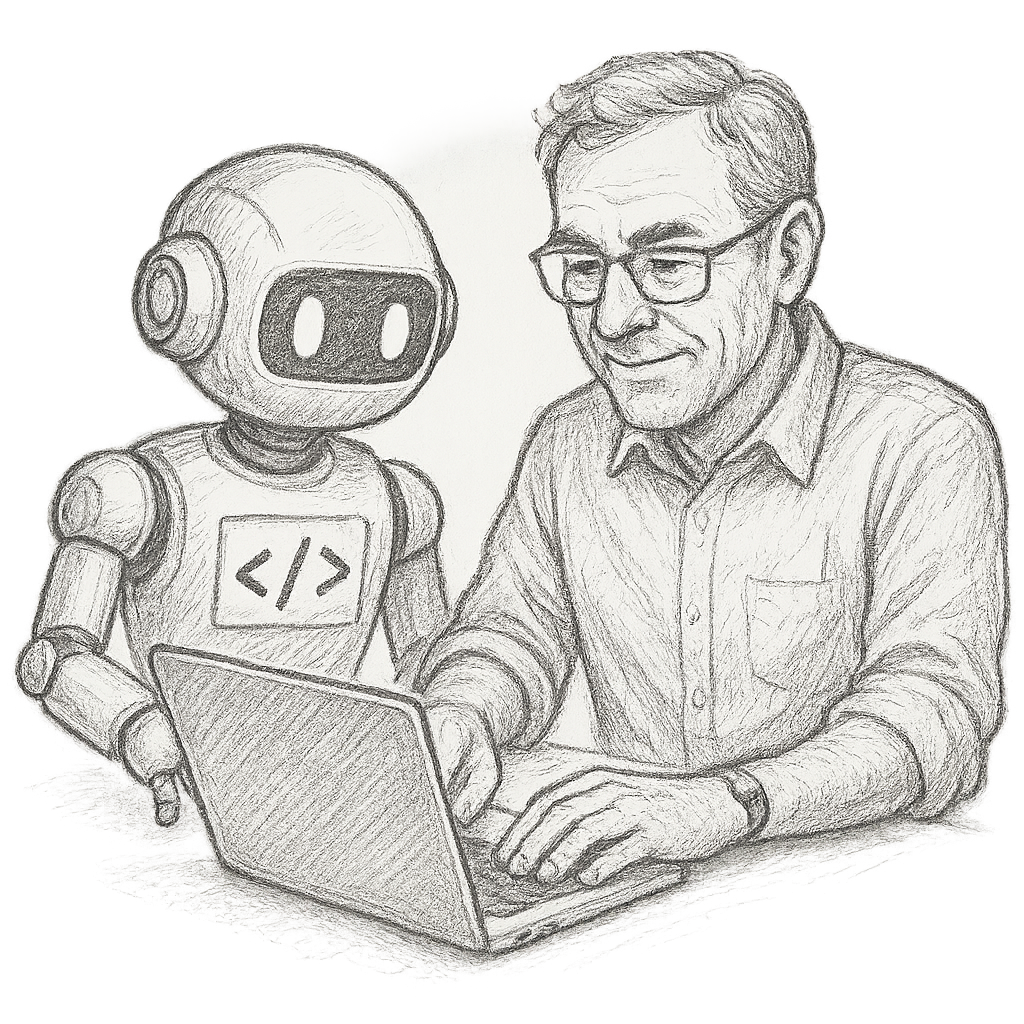
5/14/2025
Exploring why AI implementations focused solely on cost-cutting provide only temporary advantages, while innovation-focused strategies create lasting value.
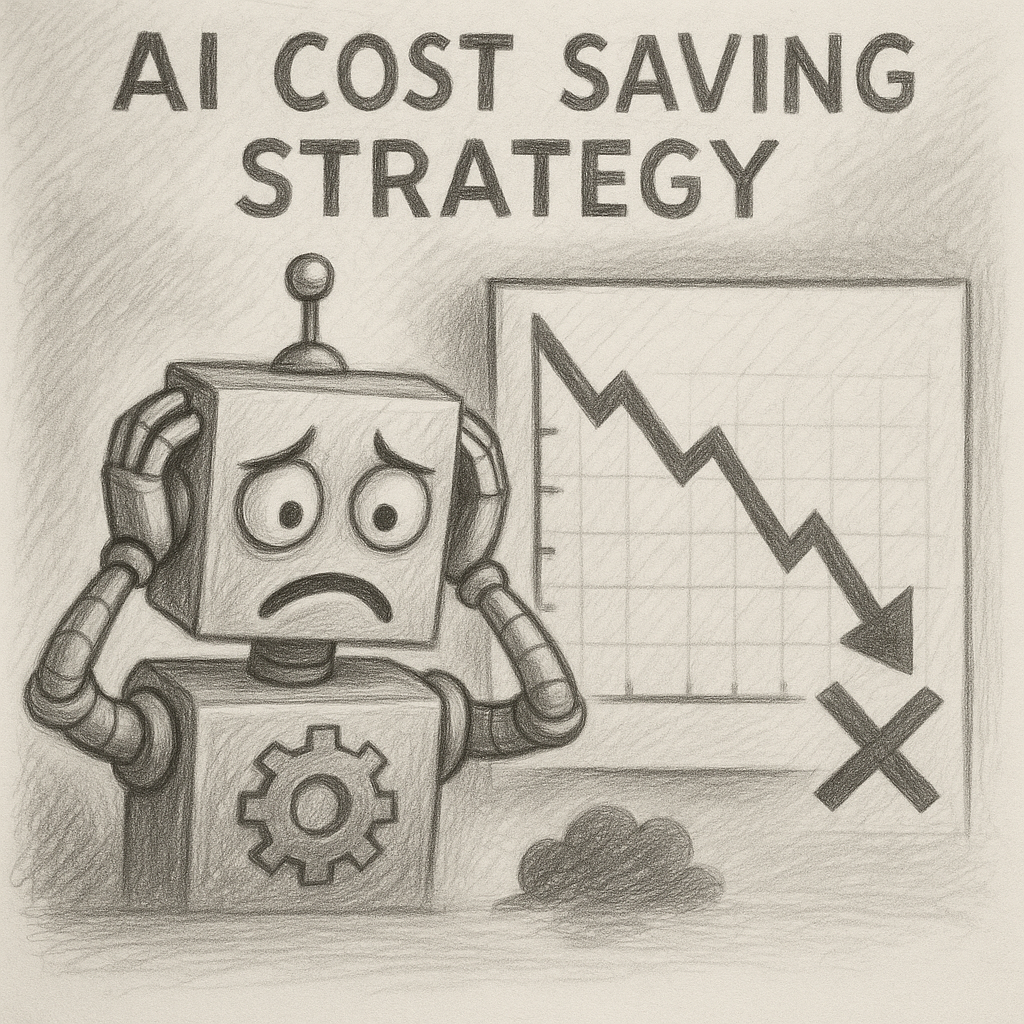
5/10/2025
Exploring how design and taste will become the most crucial skills in an AI-dominated future where technical capabilities are increasingly automated and commoditized.
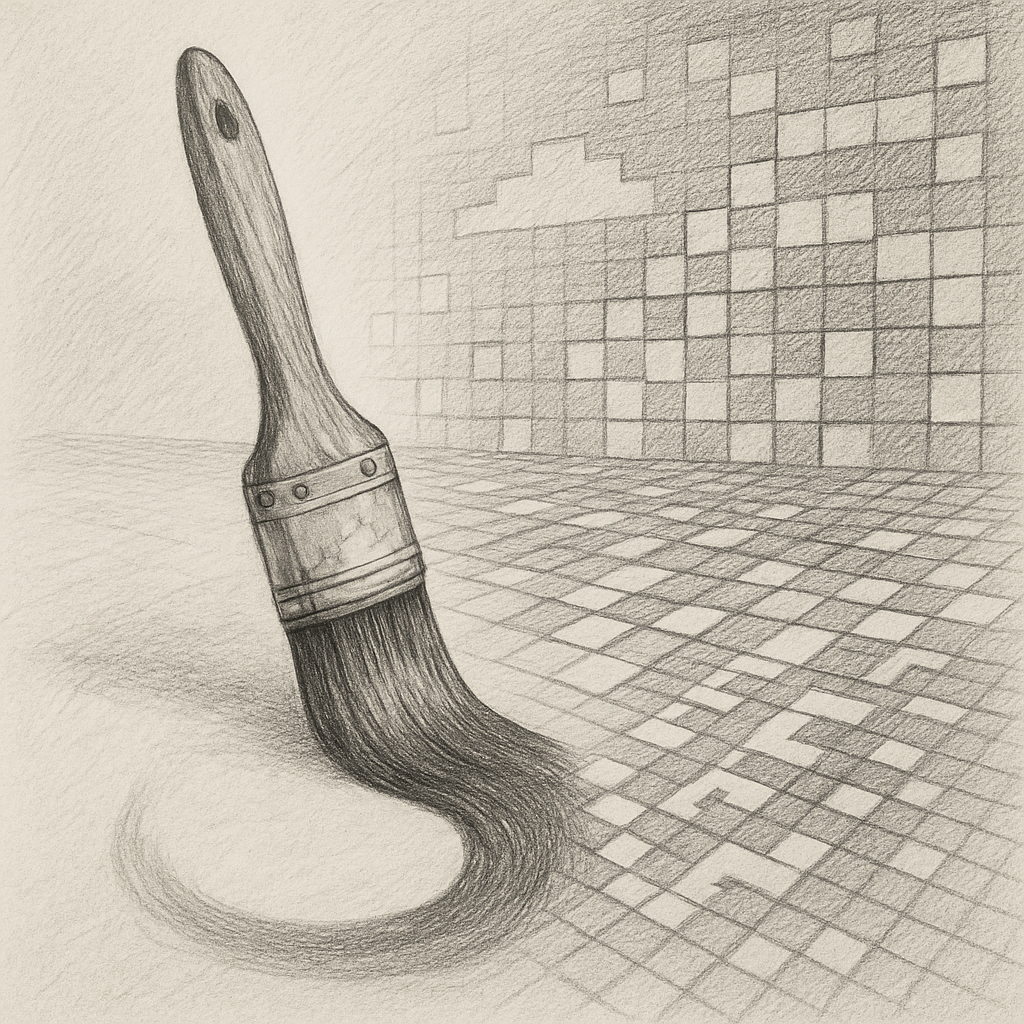
5/8/2025
Examining how AI is reviving the polymath ideal, this post explores how large language models are transforming expertise and education by making multidisciplinary knowledge more accessible than ever before.
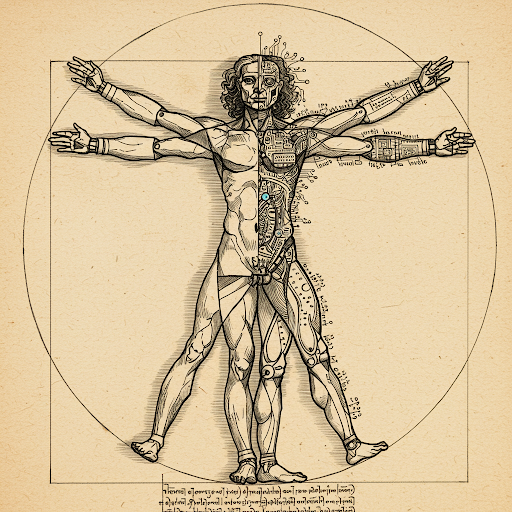
3/27/2025
Exploring the intersection of AI, logic, and software design, this blog post examines how explicit knowledge and structured approaches can be leveraged in the AI revolution.
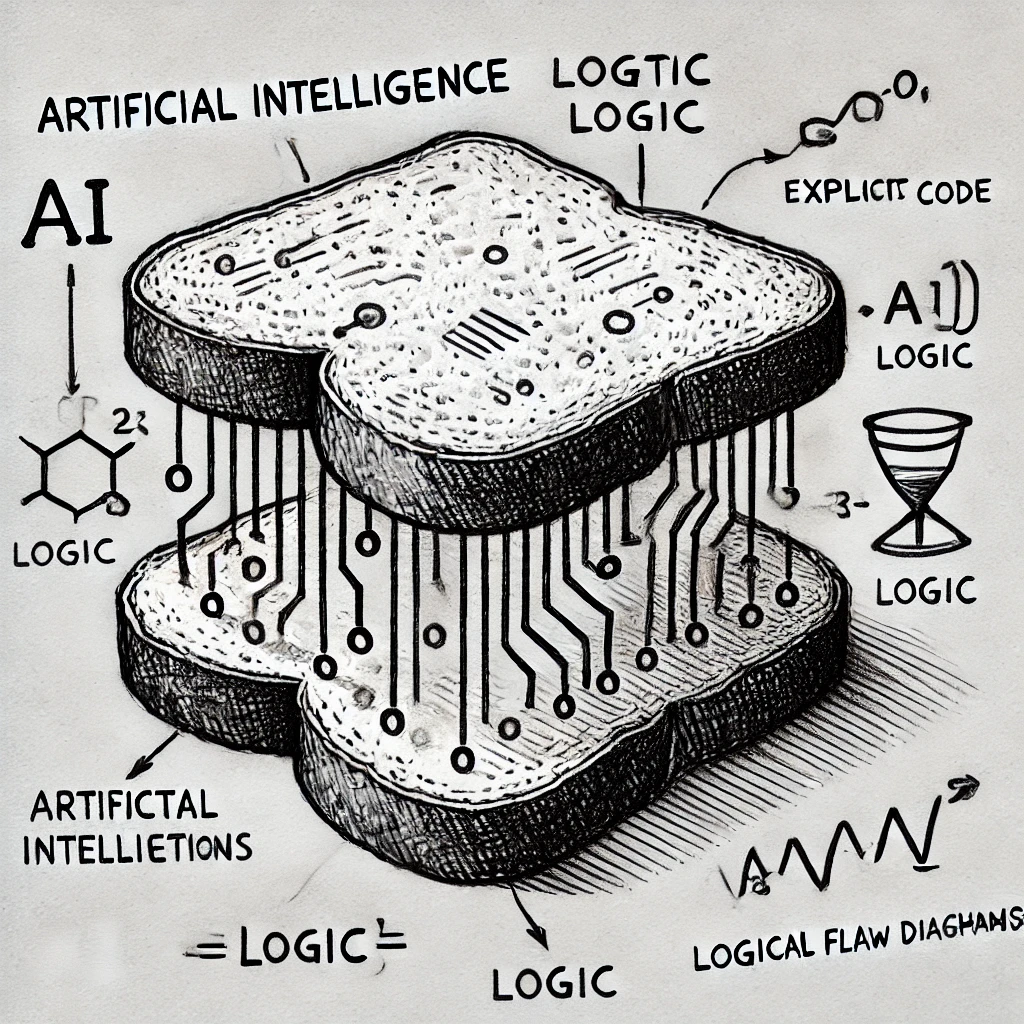
1/27/2025
My notes on a influential social change that is currently going on. I haven't noticed it before reading about it. It was quite eye-opening to me, and want to share my notes with you.

5/21/2022
Physics vs Statistics vs Artificial IntelligenceThe relationship between traditional sciences and modern artificial intelligence represents two distinct approaches to understanding our world. In traditional sciences, researchers have long attempted to apply the laws of celestial physics to other fields, attracted by their comprehensible, predictable, and verifiable nature. However, the world’s complexity and our inability to measure all influencing factors means these mathematical models rarely achieve perfect accuracy.
This limitation led to the development of statistics, which attempts to derive meaningful insights by aggregating multiple events. While statistical approaches remain predictable and verifiable, they can often seem counterintuitive. Statistics emerged from our recognition that analyzing many real-world problems at an atomic level simply isn’t feasible.
Neural computation takes a fundamentally different approach. Scientists observed that the brain excels at making decisions at an atomic level, even in highly complex environments. Rather than trying to understand the world through high-level mathematical models, neural networks learn by aggregating patterns from countless individual observations, continuously optimizing their internal models based on the data they encounter. Instead of acting as architects trying to decode the universe, they simply aim to replicate the observable consequences of the world at an atomic level.
This bottom-up approach has proven remarkably successful, often outperforming traditional scientific methods in certain domains by combining numerous “atomic simulations” to approximate real-world phenomena. However, this paradigm shift has created challenges for those deeply rooted in traditional scientific thinking, as it requires embracing a fundamentally different philosophical approach.
Looking forward, we’re likely to see these two approaches converge. Patterns and insights discovered through traditional scientific methods will increasingly inform and enhance artificial intelligence’s atomic-level understanding, while AI’s bottom-up discoveries will influence traditional scientific thinking. This synthesis of approaches promises to advance our understanding of the world in exciting new ways.
2/13/2021
Darwinism of Ideas (Ideas as Parasites)Ideas share a fascinating characteristic with biological systems: they are anti-fragile, growing stronger when challenged. Like a seedling pushing through soil, an idea begins as a delicate construct. If it survives its initial challenges, it can take root and establish itself through distinct characteristics. Each subsequent challenge presents an opportunity for the idea to evolve, becoming more refined and robust – truly “well-thought-out” or “proven.”
However, ideas are also parasitic in nature. They make their home in the human mind, sustained by their host’s mental energy and dedication. Without consistent nurturing, especially in their early stages, ideas can wither and die. This development process demands three critical elements: energy, time, and opposing pressure. For those seeking to cultivate an idea to maturity, the key lies in optimizing their effort over time.
The relationship between an idea and its host must strike a delicate balance. The idea needs sufficient energy to withstand challenges and criticism, while the host must maintain their own intellectual and mental well-being. When this balance is achieved, what began as a parasitic relationship transforms into a genuine symbiosis. The host provides the necessary resources and protection, while the mature idea enriches its host’s understanding and capabilities.
This biological metaphor illuminates the complex dynamics of intellectual growth. Just as natural evolution produces resilient organisms through environmental pressures, ideas develop depth and resilience through intellectual discourse and careful cultivation. The challenge lies not in protecting ideas from all criticism, but in providing them with the right environment and resources to evolve and thrive.
Success in nurturing ideas requires understanding this delicate ecosystem: knowing when to invest energy, when to expose the idea to challenge, and when to let it rest and integrate. Through this process, both the idea and its host can flourish together, creating a powerful partnership that drives innovation and understanding forward.